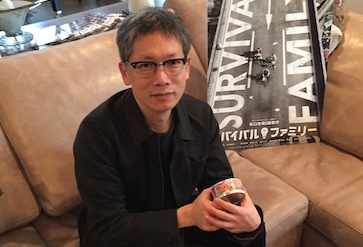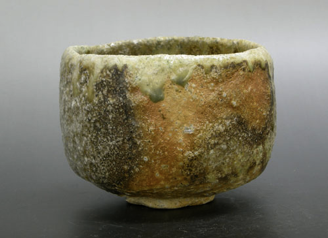 Whether it’s Halloween fun size candy bars that are more like bite sized or a bag of family size potato chips that is only enough for one person, foods that we grew up with just don’t seem to be the same anymore.
Whether it’s Halloween fun size candy bars that are more like bite sized or a bag of family size potato chips that is only enough for one person, foods that we grew up with just don’t seem to be the same anymore.
Traditional Japanese foods are experiencing similar changes. Simple rice cakes, known as mochi, are made of sweet rice that has been soaked in water overnight, steamed in wooden boxes, and pounded with wooden mallets in a large mortar called an usu.
Mochi made by this method can be browned and served with soy sauce. Freshly pounded mochi can also be dipped briefly in hot water and rolled in roasted soybean flour (kinako) mixed with a little sugar. Mochi is also a component of ozoni, a special soup eaten on the morning of New Year?s Day.
If you visit a Japanese or Asian grocery today, mochi comes in plastic bags that consist of individually wrapped rectangular blocks that look like hard plastic?a far cry from the traditional mochi shaped by hand into three-inch rounds. This new ?convenient? form lacks favor and needs further cooking to be eatable.
So what is a person to do in this day and age where so many foods come processed, packaged, and do not resemble traditional forms?
Fortunately, there are some options for people living in the Chicago area. The Buddhist Temple of Chicago holds their Mochi-tsuki (mochi pounding) demonstration in December of each year. People are welcome to view and can participate in some of the activities.
The Japanese American Service Committee does their mochi pounding event in conjunction with the Tohkon Judo Academy, which is held in January of each year. The Midwest Buddhist Temple also conducts an annual mochi pounding event.
For people who want to make their own mochi at home, the process takes two days. On the first day, the sweet rice is soaked in water to hydrate the rice grains; the second day is for steaming, pounding, and shaping the rice cakes.
Today it seems like there is an appliance for making just about anything, and mochi is no exception. People can now purchase mochi makers, which both look and work similar to bread makers. These appliances cook and ?knead? the rice grains into the mochi dough. Preparing mochi by hand or using a machine yield similar textured results, but slight differences in favor may be detected. Steaming rice in a wooden box can pick up the aroma of the wood. The metal bowl of a machine imparts no such flavor. If browned on the stove or served in soup, these differences are probably undetectable by most people.
Stuart Mizuta has made a career of preserving the environment, integrating technology, and developing traditional foods. He has stood atop the Shawnee National Forest, witnessed Steve Jobs speak live from the 12th row back, and authored a book on how to identify and fix what?s missing in the recipes we make everyday.












